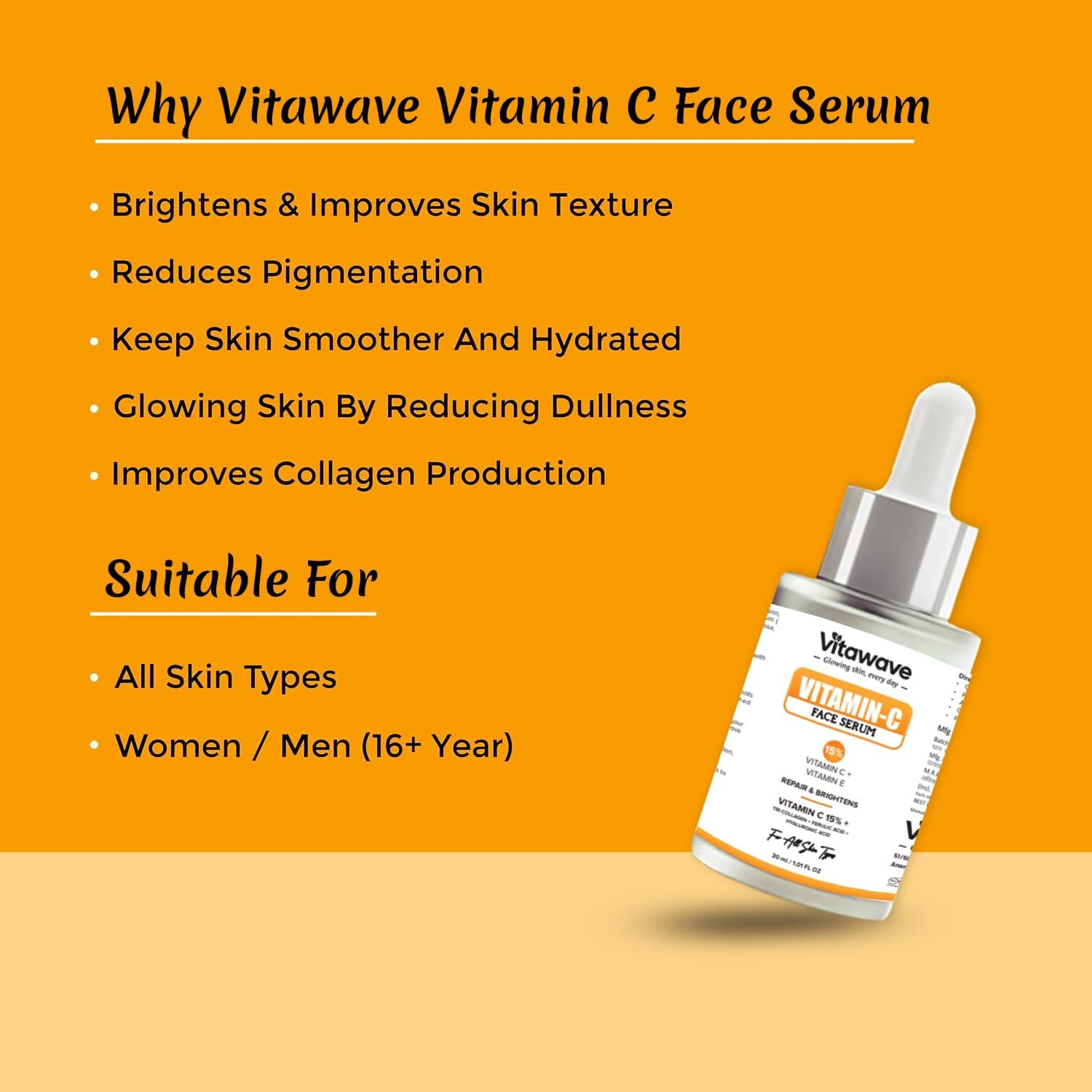Vitamin C serum has become a cornerstone of effective skincare routines since SkinCeuticals launched its first formula back in 1997. Despite its popularity, I’ve noticed that many skincare enthusiasts are unknowingly sabotaging their results—and sometimes throwing money away on products that don’t deliver. At $182 per ounce for premium options like SkinCeuticals C E Ferulic, these mistakes can be costly.
When used correctly, vitamin C is truly a powerhouse ingredient. It brightens complexion, lightens acne marks, clears dark spots, improves skin elasticity, and provides instant hydration. However, the benefits depend entirely on choosing the right formulation. In fact, contrary to what many believe, a higher percentage of vitamin C doesn’t automatically make for a better product. Whether you’re using an affordable option or splurging on premium formulas, understanding the correct approach is essential. In this guide, we’ll explore the common vitamin C serum mistakes I see regularly and show you exactly how to fix them for dramatically better results.
Top Mistakes People Make with Vitamin C Serums
Many skincare enthusiasts unwittingly sabotage their results by mishandling their vitamin C serums. First off, most people don’t realize that vitamin C is extremely unstable. When exposed to light, air, or heat, it oxidizes rapidly, turning yellow or brown—a clear sign it’s lost its potency. Additionally, many incorrectly store their serum on bathroom shelves where humidity and heat accelerate degradation.
Another major blunder involves concentration confusion. While many assume stronger is better, research shows efficacy is proportional to concentration only up to 20%. Using anything higher risks irritation rather than enhanced benefits.
Timing matters too. Although vitamin C provides antioxidant protection, it should be applied after UV exposure, not before. Furthermore, many users unknowingly mix vitamin C with incompatible ingredients. Combining it with retinol, AHAs/BHAs, or benzoyl peroxide can neutralize benefits or increase irritation.
Perhaps most costly is the patience problem. Studies indicate visible improvements typically take 3 months of consistent application, yet many abandon their serum after a few weeks when dramatic results don’t immediately appear.
Even premium formulations with stabilizers like vitamin E and ferulic acid degrade at the same rapid pace—losing nearly half their potency within just six weeks. This means proper storage isn’t just recommended—it’s essential for preserving your investment.
How to Fix These Mistakes and Get Better Results
Now that we understand what goes wrong, let’s fix those issues for maximum benefits. Proper storage is essential—keep your vitamin C serum in a cool, dark place away from sunlight and heat. Many dermatologists specifically recommend refrigerating your serum, as studies show lower temperatures extend its lifespan.
Always check for proper packaging when purchasing. Opt for serums in opaque, airtight containers that protect against light degradation. After each use, seal the bottle tightly and use only clean droppers to prevent introducing impurities.
For optimal efficacy, choose formulations containing L-ascorbic acid at concentrations between 10-20%. Those with sensitive skin should start with lower concentrations around 5-10% and gradually increase.
Look for products containing stabilizing ingredients like vitamin E and ferulic acid, which enhance effectiveness and longevity. These combinations provide superior antioxidant protection compared to vitamin C alone.
Simultaneously, pair your serum with sunscreen for doubled protection. Research shows vitamin C enhances SPF effectiveness, addressing damage from both UV rays and pollutants.
If your serum has turned yellow, brown, or developed an unpleasant smell, it’s oxidized and less effective—time to replace it. Most vitamin C serums last 3-6 months after opening.
How to Choose the Right Vitamin C Serum for You
Selecting the perfect vitamin C serum begins with understanding your skin type. For oily skin, look for lightweight, non-comedogenic formulations that won’t clog pores or add extra shine. Dry skin thrives with serums containing hyaluronic acid and hydrating ingredients in a milky texture. Combination skin needs balanced formulas that address both oily areas and dry patches, whereas sensitive skin requires gentle formulations with 10-20% concentration.
The form of vitamin C matters tremendously. L-ascorbic acid represents the purest, most effective form, but it degrades quickly without proper packaging. Sensitive skin types might prefer derivatives like sodium ascorbyl phosphate or ascorbyl glucoside, which offer gentler alternatives.
Packaging plays a crucial role in maintaining potency. Opt for serums in opaque, airtight containers that shield the formula from light and air exposure. These protective measures prevent oxidation and preserve efficacy.
Consider complementary ingredients that enhance vitamin C’s benefits. Vitamin E works synergistically with vitamin C, increasing its potency and offering superior antioxidant protection. Hyaluronic acid provides essential hydration, particularly beneficial for combating the occasional dryness from vitamin C.
Finally, always patch test new serums. Apply a small amount behind your ear for 7-10 days before full-face application. This precautionary step helps identify potential reactions, as women typically use about 12 personal care products daily, exposing themselves to approximately 168 chemical ingredients.
Conclusion
Vitamin C serums undoubtedly offer remarkable benefits when used correctly. Still, many skincare enthusiasts miss out on these advantages through simple but costly mistakes. Proper storage in cool, dark places preserves potency, while choosing the right concentration—typically between 10-20%—prevents both underwhelming results and unnecessary irritation. Additionally, understanding your unique skin type guides you toward formulations that will work harmoniously with your complexion.
Rather than expecting overnight miracles, patience remains key with vitamin C products. Results typically emerge after about three months of consistent use, though many people abandon ship prematurely. Equally important, pairing your serum with compatible ingredients maximizes benefits while avoiding counterproductive interactions.
Vitamin C deserves its reputation as a skincare powerhouse. Nevertheless, this status comes with responsibility—specifically yours to store, select, and apply it correctly. Next time you reach for that dropper bottle, remember the guidelines we’ve covered. Your skin will thank you with the brightness, elasticity, and clarity that properly preserved vitamin C actually delivers. The right approach transforms this ingredient from an expensive disappointment into what it should be: your skin’s most valuable ally against environmental damage and premature aging.

